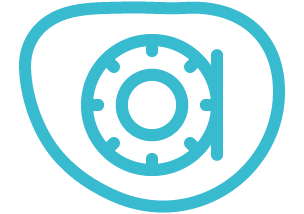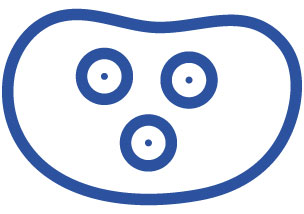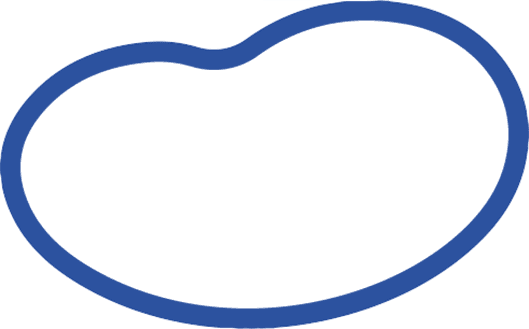Optimising your use of our software… top tips
Do you have a question on how to use one of our products? Contact the team directly, on the form below, we’re always happy to answer questions and help our customers get the most out of our software. And we aim to provide a prompt reply.
But, before you do ask us please do take a look at our FAQ and Resources page as we may already have the answer for you!
Are you looking for training or technical support?
If you have a new team member joining or maybe you’re new to our software, we can offer training and resource sharing.
We also provide advice on best practice when undertaking analysis with our software. Perhaps you’re looking for guidance on getting publication perfect images or guidance additional analytical features?
Software trials are also available across our product range to help you find the best solution for your laboratory needs.
To find out more, please get in touch.
Which products can I get technical and analytical support for?
As of February 2023 we offer technical and analytical support for the following products:
| Product | Version | OS |
| CLIQS 1D Pro | V1.0+ | Windows 10 |
| SpotMap | V3.0+ | Windows 10 |
| SameSpots | V4.6+ | Windows 10 |
Have a support question?
If you have a support question on using our software either as a customer or a trial user please use the below form to explain your question. We aim to provide a timely response and an initial response within 24 hours. If you’re a customer and your request is urgent please get in touch directly using the contact details you would have been provided with.
Products
SpotMap
2D/2-DE Host Cell Protein (HCP) Coverage Analysis Software
Monitor your host cell protein impurities and reach your coverage requirements with speed and confidence using our 2D gel analysis software.

AuditSafe
All the benefits of cloud compliance without the security risk
Our AuditSafe & 21 CFR/GxP software has been built to comply with FDA 21 CFR part 11 and EU Annex 11 GxP regulations surrounding system access, electronic records, audit trails and electronic signatures.
Phoretix 1D
Advanced 1D gel and blot image analysis software
Phoretix 1D offers automatic lane and band detection or, for even deeper automation and standardisation of your workflow, user-defined protocols which allow full one-click analysis of gel or Western blot images. This removes the potential for operator error entirely.

SameSpots
2D/2-DE DIGE Image Analysis Software
SameSpots (previously Progenesis SameSpots) is simple to use and gives you fast, objective results for differential expression of intact proteins using 2-DE gels.
Resources
TotalLab – World Precision Instruments Partnership
Find Out MoreHow to Implement 21 CFR Part 11 In Your Lab
Learn how TotalLab's software implements secure electronic records, robust audit trails, and user authentication protocols. Achieve compliance seamlessly with our expert guidance
Find Out MorePhoretix 1D | Background Removal Techniques For Western Blot
In this demo, we explain the difference between our background removal techniques and how to choose the correct one based on your data.
Find Out More2D DIGE vs ELISA vs AAE for HCP Analysis
Explore the current landscape of anti-HCP antibody coverage with our article comparing 2D DIGE, ELISA, and AAE. Optimise your antibody selection process for robust anti-HCP analysis in biopharmaceutical research.
Find Out More2D DIGE vs LC-MS/MS
Dive into the world of precision and versatility as we explore the distinct advantages offered by 2D DIGE and LC-MS/MS for comprehensive proteomic profiling.
Find Out More2D DIGE vs 2D Gel Electrophoresis
In this short guide, we'll be explaining to you the technical process of performing 2D DIGE experiments and some of the advantages of using the technique over standard 2D electrophoresis.
Find Out More

